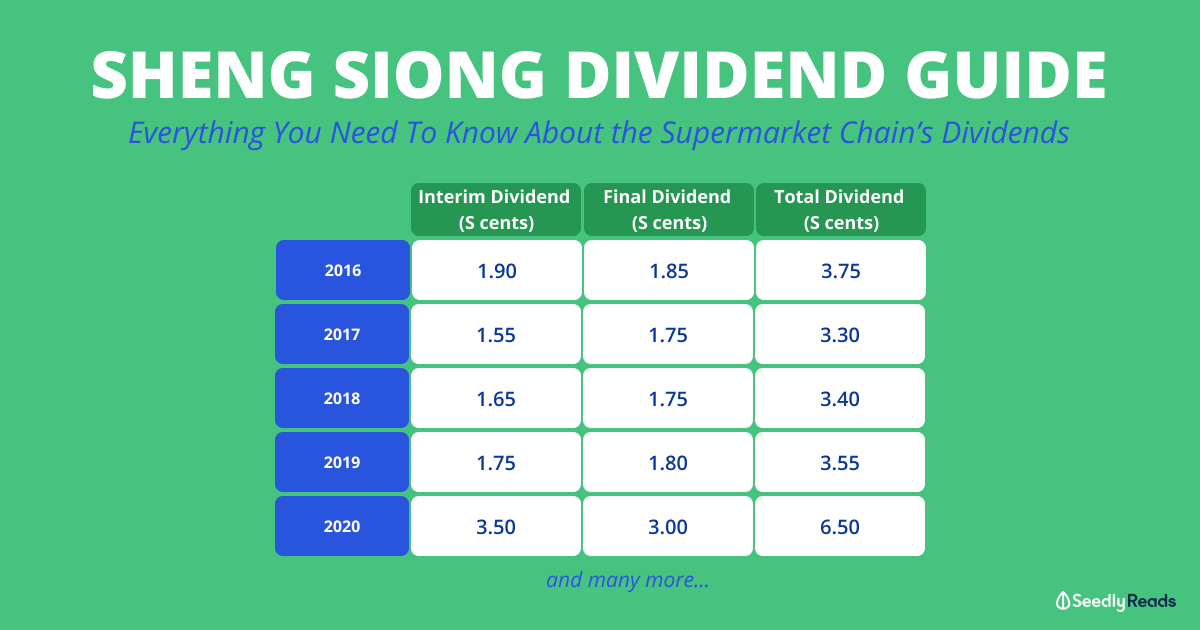Advertisement
Anonymous
(Stocks Discussion) SGX: Sheng Siong Group Ltd (SGX: OV8)?
Discuss anything about share price, dividends, yield, ratios, fundamentals, technical analysis and if you would buy or sell this stock on the SGX Singapore markets. Do take note that the answers given by our members are just your opinions, so please do your own due diligence before making an investment!
8
Discussion (8)
Learn how to style your text
Reply
Save
Will Costco be a better company if we want to be exposed to supermarkets or consumer staples?
Reply
Save
Eric Ong
07 Dec 2019
Project Analyst at 8Bit Global
Issac and Jonathan has covered quite extensive information and analysis on Sheng Siong
I would may add one 2 more points that I think is crucial to their business.
i) The Management Team - I admire the Lim Brothers who have been working really hard, together with the entire Organization. They took care of their employee, and providing lot of support even to their kids. And they are also very prudent in term of business expansion, especially when they shared about the way they expand in China. I vividly remember Mr Lim shared that, His WealthPot has already filled, now his Mission is not to filled up his own, but to help to fill up the rest of the organization.
ii) The Online Grocery spaces - if I didn’t remember wrongly, they do have their online infrastructure ready. However, they find it is very economical viable to run at the current volume in the general market. If they would continue to do that, it would only bleed shareholders money. But they do aware of the changes, and observing how the other players are doing.
Reply
Save
Valuebuddies has a very good coverage on Sheng Shiong. Here's the link:
https://valuebuddies.com/thread-1240.html
Personally I feel the company is rather recession proof and its competitor is NTUC Fairprice and Giant. With its ability to supply good pork products, it can cater specifically to the chinese community
Reply
Save
Though i feel Sheng Siong is a good company but it is not scalable. It is difficult for them to open...
Read 3 other comments with a Seedly account
You will also enjoy exclusive benefits and get access to members only features.
Sign up or login with an email here
Write your thoughts
Related Articles
Advertisement









Their financials are good.
But the only thing that stops me from investing is their growth. Think about it, how much more Sheng Shiong can open in Singapore now? Unless you have more BTOs coming at a super high rate since SS only opens up in the neighborhoods and don't compete with Cold Storage and NTUC at malls.